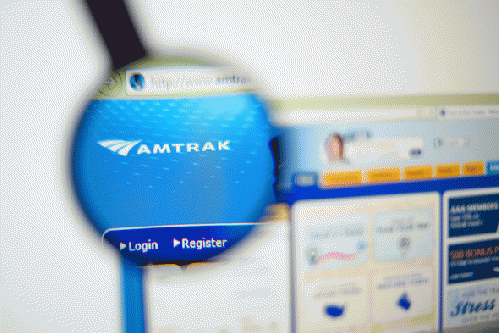Reprinted from Truthdig
In the public eye, the disaster on the rails last week in Philadelphia was not only tragic but also shocking. As a crowded Amtrak train approached a bend in the track, it was barreling along at more than 100 miles an hour -- twice the mandated speed for that section. The resulting derailment killed eight people, highlighting grave deficiencies in Amtrak's safety system.
But while Amtrak officials may have been devastated, they could not have been surprised: The accident confirmed clear vulnerabilities in the safety system, shortcomings that the rail company's internal watchdog had been warning about for more than two years.
In a December 2012 report, Amtrak's inspector general wrote that "formidable" and "significant challenges" were delaying deployment of a safety system known as Positive Train Control, which identifies cars that are traveling at excessive speeds and automatically slows their progress. Four years earlier, Congress had required that Amtrak and other American rail companies add the technology to their operations, but only a fraction of the rail systems were by then covered. Had the PTC technology been in place in Philadelphia, federal regulators say, the derailment might well have been prevented.
The inspector general's 2012 report zeroed in on one missing element that was crucial to the broader deployment of the safety system: Amtrak had for years failed to acquire adequate rights to broadcast communications signals through the public airwaves. Without these so-called spectrum rights, Amtrak's trains could not communicate with the electronic brains of the safety system, preventing its use along key stretches of track. This lack of spectrum had become the "most serious challenge" in the railroad's efforts to deploy the safety equipment more broadly, Amtrak's watchdog warned.
|
Rate It | View Ratings |
David Sirota is a full-time political journalist, best-selling author and nationally syndicated newspaper columnist living in Denver, Colorado. He blogs for Working Assets and the Denver Post's PoliticsWest website. He is a Senior Editor at In These Times magazine, which in 2006 received the Utne Independent Press Award for political coverage. His 2006 book, Hostile Takeover, was a New York Times bestseller, and is now out in paperback. He has been a guest on, among others, CNN, MSNBC, CNBC and NPR. His writing, which draws on his (more...)

OpEdNews depends upon can't survive without your help.
If you value this article and the work of OpEdNews, please either Donate or Purchase a premium membership.
If you've enjoyed this, sign up for our daily or weekly newsletter to get lots of great progressive content.
Most Popular Articles by this Author: (View All Most Popular Articles by this Author)
Tax the Corporations and the Rich or Take Draconian Cuts -- the Decision Is Ours
Bush Used the IRS, FBI, CIA and Secret Service to Go After Opponents -- Where Was the Fox and GOP Outrage?
GOP: Recession's Foreclosure Victims "Want a Homeless Life"
How the Trans-Pacific Partnership Gives Corporations Special Legal Rights
Busting myths that FDR prolonged Great Depression
To View Comments or Join the Conversation:





